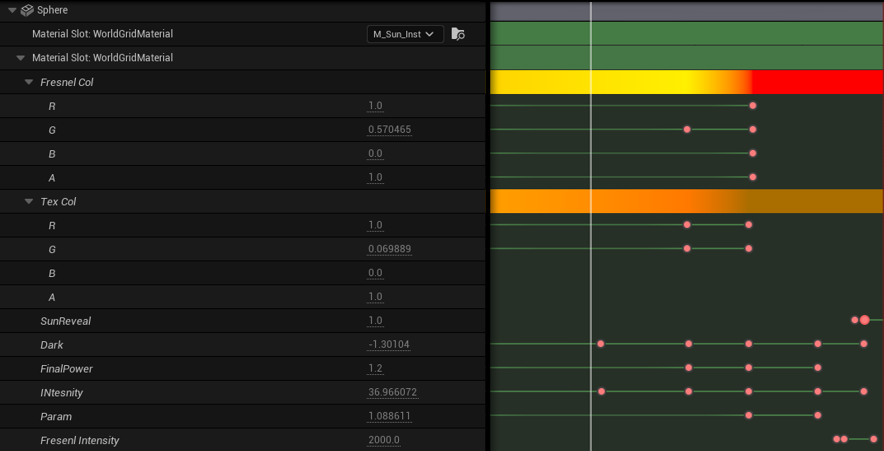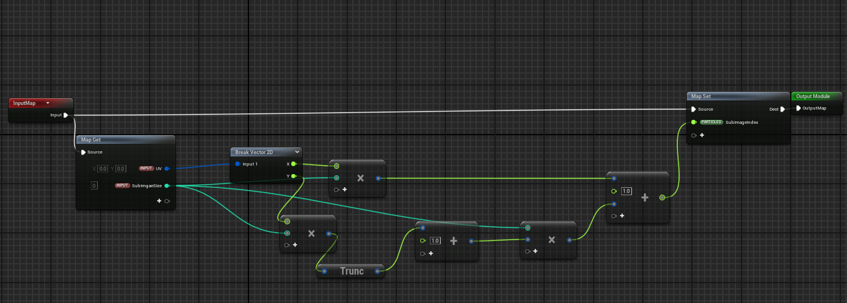Red Supergiant
-
Niagara-Mesh Implosion
This stage used a specific technique to switch from a mesh to a niagara system for a dramatic implosion of the Red Supergiant.
-
Creative Decision Making
The process of Direct Collapse whilst observed, has no clear observational scientific imagery to support this simulation. Creative liberties ensured this remained grounded in science and engaging for the player.
-
Sequencer Control
Sequencer controlled the transitions and initiation of the Direct Collapse.
This fourth stage of stellar evolution highlights the transition from the Main Sequence to the Red Supergiant phase. As the star expands dramatically—shifting in color from bright yellow to deep red—the simulation illustrates a Direct Collapse, where the star’s immense mass causes it to collapse directly into a black hole without a supernova.
Star Transition
Using this sequencer, key parameters from the Main Sequence material were adjusted in real time to reflect the star’s growth and transformation, enabling a visual evolution from a main sequence star to a red supergiant.


Mesh-Niagara Transition
In Niagara systems, scratchpad modules can be created to build custom modules that change the properties of the system. These nodes map the UVs of the same sphere mesh as the red supergiant to each individual particle spawned.
This means that for every particle spawned, their colour is determined by the materials attributes, creating a seamless transition.
Frame Level Control
The video below demonstrates the precise timing required to seamlessly hide the sphere mesh and transition into a Niagara system, creating a dramatic and impactful implosion effect. The Niagara system incorporates modules like Vortex and Curl Noise Forces to amplify the visual intensity. While a real-world direct collapse would occur almost instantaneously, this stylized effect strikes a balance—visually engaging yet easy to follow—enhanced with screen shakes and layered particle effects for deeper immersion.


